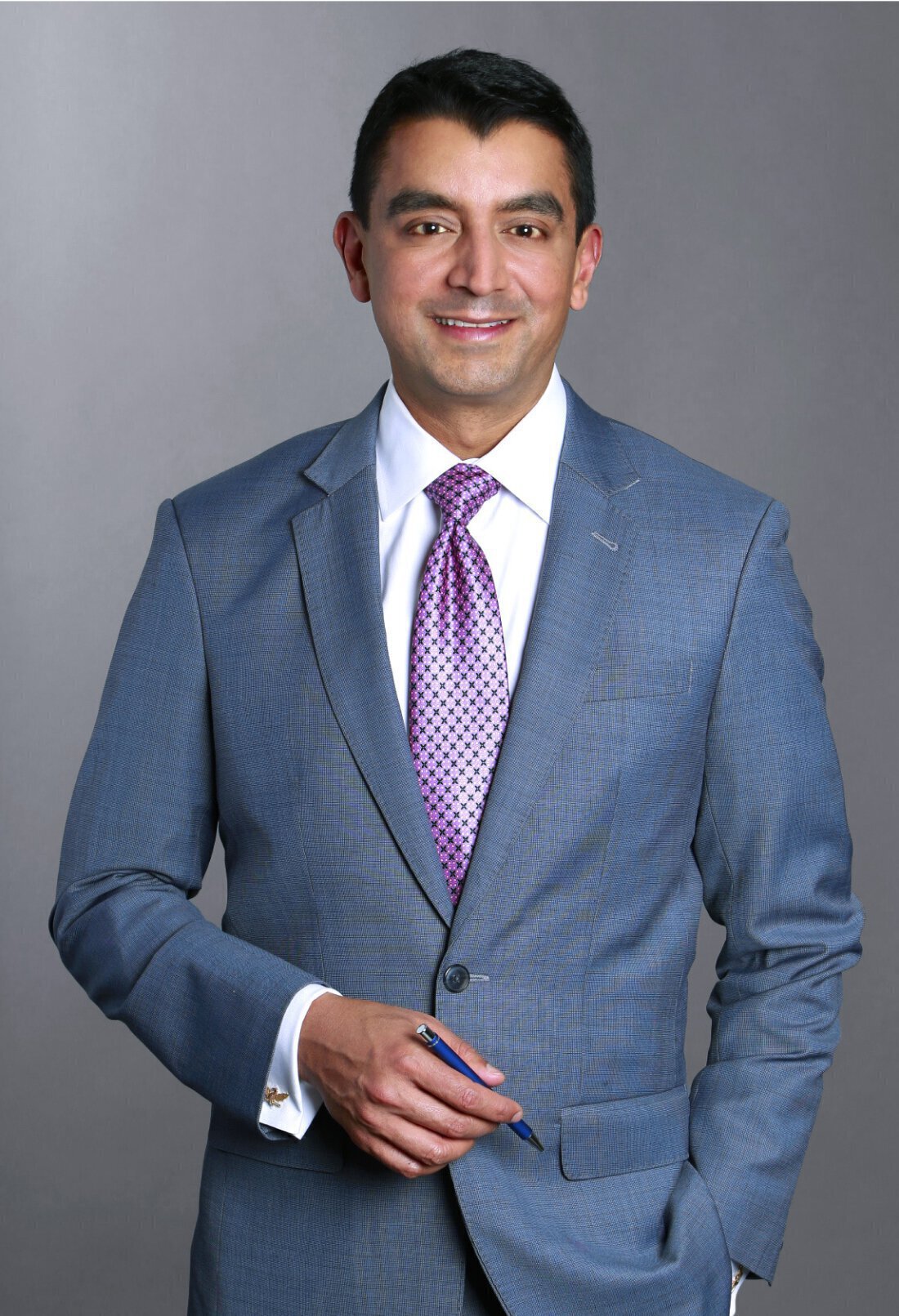General Surgery Questions
1. Will insurance help pay for surgery?
While cosmetic procedures are not covered by insurance, and all surgical fees are to be paid in full prior to surgery with Dr. Nayak, we do offer outside financing options. To accommodate our patients, we have partnered with both PatientFi and CareCredit. For more information regarding these flexible financing options as well as a financing calculator, you may visit our Financing page.

